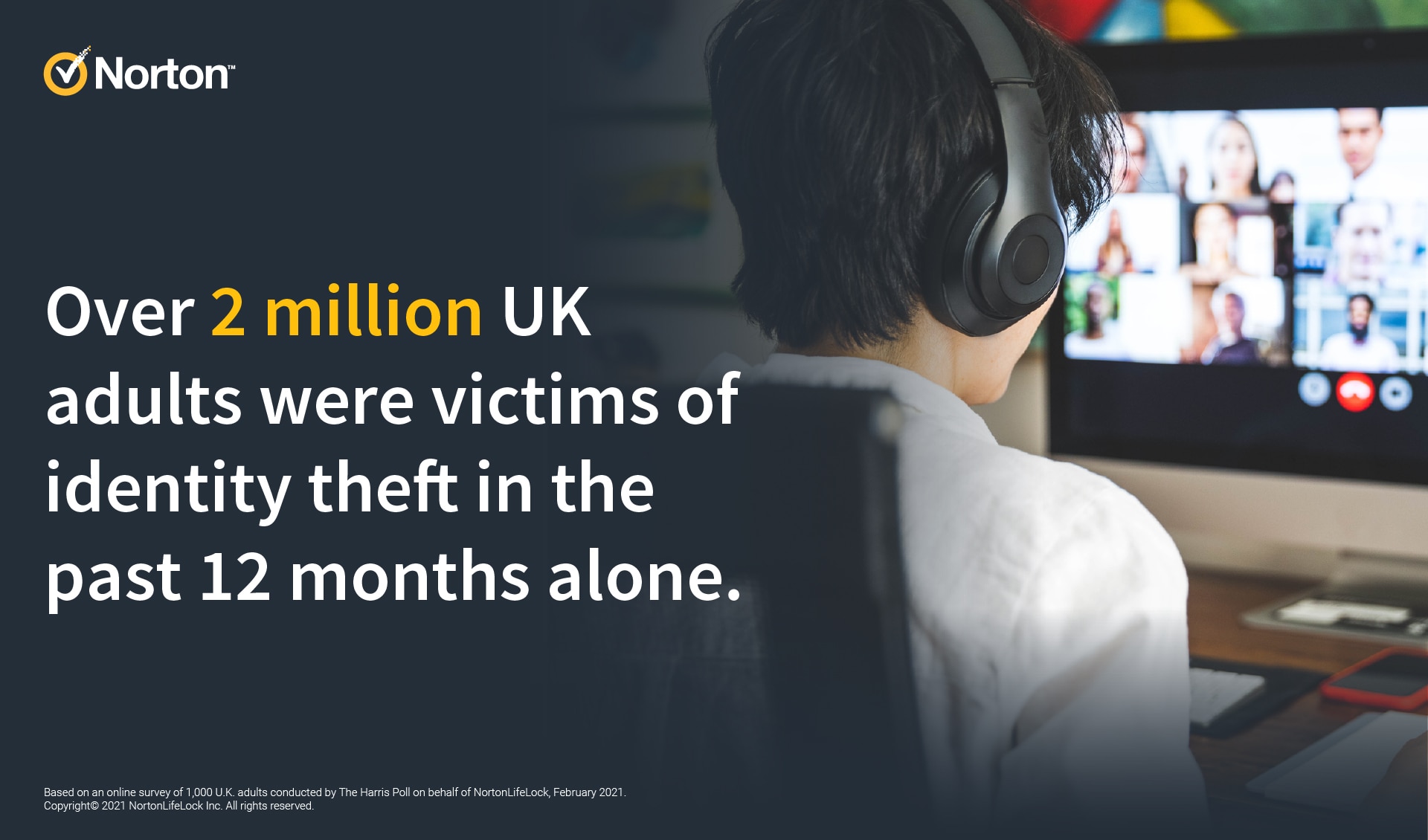Identity theft: Five tips to help protect your identity
Find out how neuroscience helps cybercriminals earn money and what simple things you can do to protect yourself.

Identity theft is a serious crime, so it’s smart to make sure you take as many precautions as possible to help protect yourself against it.
As people spend more time on social media, scanning the web, and messaging their friends and family members, the amount of identity theft attacks could increase.
What is identity theft?
In identity theft, hackers and criminals use personal information such as victims' addresses and birthdates, usernames and passwords, to access their bank or credit card accounts.
This can bring serious financial pain to victims who must, after discovering that their identities have been stolen and financial details been compromised, consider closing their accounts and contact lenders to make sure they don't have to pay for the damage identity thieves have caused.
Identity theft is only becoming a bigger problem, too with over 2 million UK adults having experienced it in 2020 alone*.
To better safeguard your identity, it is advisable to explore identity protection services which can provide you with a good solution and peace of mind

Five tips to help protect against identity theft
There is good news, though. You can reduce the odds that you'll be a target of identity theft. It just requires taking caution and looking for signs of trouble.
Here are 5 easy tips you can follow today to turn yourself into a more challenging target for identity thieves in 2022.
1. Don’t overshare on social media
It can be tempting to fill Facebook, Instagram, and Twitter with tales of your latest holiday, family photos, and news of your recent promotion at work. Be careful, though: The more personal information you share on social media, the easier it is for cybercriminals to steal your identity.
You might mention the city in which you live or the name of your employer. This gives cybercriminals the chance to start piecing together important personal information about you, information that they can use to gradually steal your identity.
It’s OK to use social media. Just don’t post specific information about your location, employer, or your full date of birth. And never show photos of your driver’s license or
passport.
2. Regularly check your online bank and credit card accounts
When cybercriminals steal your identity, they often use the information to break into your online bank and credit card accounts – after all they probably paid up to 40€ for the login. It’s important, then, to regularly check these accounts for suspicious purchases.
Spot a charge you don’t recognize or a transfer you didn’t authorize? That could be a sign that a criminal has accessed your accounts. If you notice something suspicious, call your bank or credit card provider immediately. If you act quickly, you can close your accounts and receive new log-in credentials before any more damage is done.
3. Watch out for phishing attempts
Phishing, in which a scammer tries to trick you into giving up personal information, is one of the most common ways to fall victim to identity theft.
In a phishing attempt, you’ll usually receive an email message or text that looks like it has been sent by a bank, streaming service, credit card provider or other organization. The message might state that you need to click on a link to avoid having your account closed or to verify a recent purchase.
If you click on the link, you’ll be taken to another web page that asks you to provide personal information such as your Social Security number, account numbers, or birthdate. Once criminals get this information, they can use it to break into your online accounts or steal your identity.
Never provide personal information by text or email. Your bank or credit card provider
will never ask for this information by email or text. If you receive such a message, delete it immediately. If you’re still nervous, you can contact the customer-information number at your service provider to see if there really is a problem you need to respond to.
4. Password-protect your devices
What happens if you lose your phone or laptop or if they get stolen? A scammer could open your devices and find any personal or financial information you have stored on them. That’s why it’s important to password-protect them. If your laptop or smartphone is protected by a password, it’s less likely that whoever ends up with your devices will manage to unlock them.
Also consider this: Use passwords that are difficult to guess and don’t use the same ones at multiple sites. The best passwords include a combination of at least 12 letters, numbers, and symbols. The more complex you make your passwords, the more difficult it will be for hackers to crack them.
5. Enable two-factor authentication:
Two-factor authentication is one of the easiest ways to make it more difficult for others to access your most important online accounts.
When you sign into your online bank account or credit card portal, you’ll need to first log-in as normal with your username and password. But you’ll then receive a code —often six digits — sent to your phone. Before you can finish logging into your account, you’ll need to enter this code.
This extra step might seem like a hassle, but it makes it much more difficult for thieves to break into your online accounts.
* Based on an online survey of 1000 U.K adults conducted by The Harris Poll on behalf of NortonLifeLock, Februay 2021
Editorial note: Our articles provide educational information for you. Our offerings may not cover or protect against every type of crime, fraud, or threat we write about. Our goal is to increase awareness about Cyber Safety. Please review complete Terms during enrollment or setup. Remember that no one can prevent all identity theft or cybercrime, and that LifeLock does not monitor all transactions at all businesses. The Norton and LifeLock brands are part of Gen Digital Inc.



Want more?
Follow us for all the latest news, tips, and updates.